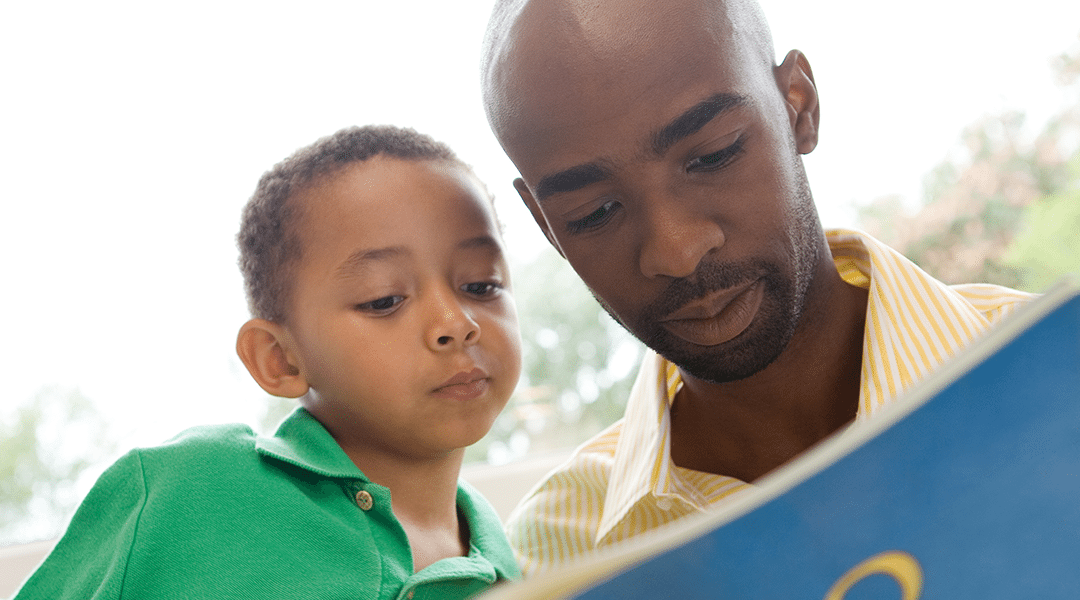Oral reading fluency is a key indicator of reading proficiency. But it’s got some issues, as it’s currently implemented in some schools. One of these is that we have a cadre of kids who are getting the wrong message: we’re teaching them that they can fast talk their way into college and career success.
Overselling reading speed at the high end
The wrong message is this: faster reading is better reading. And we’ve done a pretty good job of selling that idea to some kids and families these days. Millions of kids read aloud for one minute on grade level passages each season; teachers gauge their words correct per minute (WCPM) as a metric of fluency. If Sally’s “fluency” is 120 words correct per minute and Jane’s is 125, then both girls know who wins. And when Sally reads aloud for one minute next season, she’s going to be very focused on getting those words out faster than she did last time. When we teach kids that more and more WCPM is the goal, we steer them wrong on how literacy for college and career will work.
Unless, of course, their career aspiration is to become a fast-talking auctioneer.
Even back in 1985, proponents of fluency measurement were warning that without an associated focus on comprehension, the one-minute oral reading approach presents some risk of unwanted results (Deno, 1985). Sure enough: researchers have found that the pervasiveness of this isolated WCPM metric moves many teachers towards a “faster is better” orientation as they teach reading (Newman, 2009; Deeney, 2010).
Is oral reading fluency assessment bad? Heck, no. It’s an amazingly robust measure, used well. Revisit this blog for a recap…
Read the full article here:
Cindy Jiban has taught in elementary and middle schools, both as a classroom teacher and as a special educator. She earned her Ph.D. in Educational Psychology at the University of Minnesota, focusing on intervention and assessment for students acquiring foundational academic skills. After contributions at the Research Institute on Progress Monitoring, the National Center on Educational Outcomes, and the Minnesota Center for Reading Research, Cindy joined NWEA in 2009.


